With just a few days to go before NASA deliberately crashes it into an asteroid, the DART spacecraft has snapped an image of Jupiter and its moon Europa.
With just a few days to go before NASA deliberately crashes a spacecraft into an asteroid, the Double Asteroid Redirection Test spacecraft is taking a final opportunity to capture some data before its impact. Designed to test whether a spacecraft could be used to deflect an asteroid if we ever spotted a large one headed for Earth, DART has fairly minimal instruments on board — just enough for it to make its way to the asteroid and track it so it can impact.
However, every time there’s an instrument traveling through space there’s an opportunity to collect data. So NASA teams have been making the most of DART’s onboard camera, called the Didymos Reconnaissance and Asteroid Camera for Optical navigation, or DRACO. As the spacecraft’s only instrument, its main function is as part of the autonomous navigation system which will line up the spacecraft with the target asteroid, called Dimorphos.
“Every time we do one of these tests, we tweak the displays, make them a little bit better and a little bit more responsive to what we will actually be looking for during the real terminal event,” said Peter Ericksen SMART Nav software engineer at the Johns Hopkins Applied Physics Laboratory , in a statement.
This DRACO image was taken for testing purposes as it shows Jupiter and several of its moon, including Europa. Taken just as Europa peeked out from behind Jupiter, this situation is analogous to the pair of asteroids that DART is heading toward just before impact. The data allows the teams to see how the autonomous navigation system should work once it arrives at its target, and to get a feel of what kind of data they could expect to see.
“The Jupiter tests gave us the opportunity for DRACO to image something in our own solar system,” said Carolyn Ernst, DRACO instrument scientist at APL. “The images look fantastic, and we are excited for what DRACO will reveal about Didymos and Dimorphos in the hours and minutes leading up to impact!”
Australia Latest News, Australia Headlines
Similar News:You can also read news stories similar to this one that we have collected from other news sources.
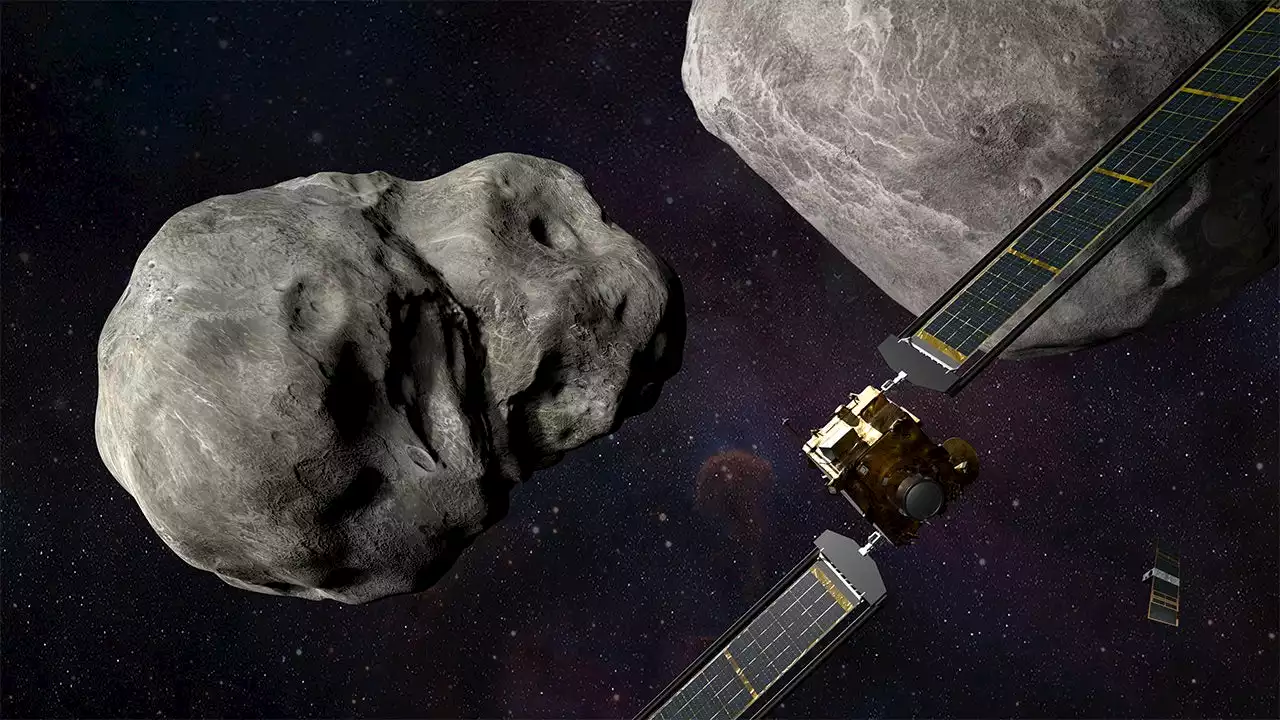 DART: Why a NASA spacecraft will crash into an asteroidA NASA spacecraft is about to clobber a small, harmless asteroid millions of miles away.
DART: Why a NASA spacecraft will crash into an asteroidA NASA spacecraft is about to clobber a small, harmless asteroid millions of miles away.
Read more »
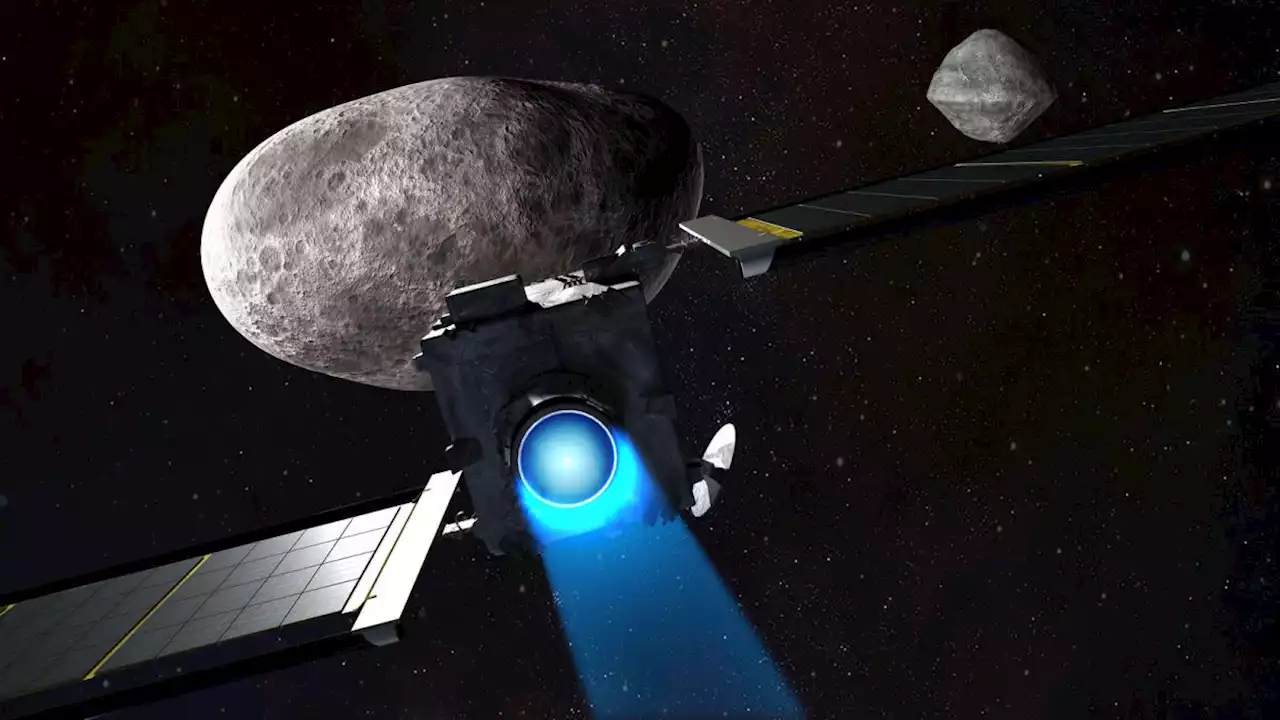 DART asteroid crash: What time will NASA probe hit Dimorphos on Sept. 26?NASA's DART spacecraft will crash into the asteroid Dimorphos on Sept. 26 at 7:14 p.m. EDT. Here's how the day will unfold.
DART asteroid crash: What time will NASA probe hit Dimorphos on Sept. 26?NASA's DART spacecraft will crash into the asteroid Dimorphos on Sept. 26 at 7:14 p.m. EDT. Here's how the day will unfold.
Read more »
 DART asteroid-smashing mission 'on track for an impact' Monday, NASA saysBrett is a science and technology journalist who is curious about emerging concepts in spaceflight and aerospace, alternative launch concepts, anti-satellite technologies, and uncrewed systems. Brett's work has appeared on The War Zone at TheDrive.com, Popular Science, the History Channel, Science Discovery, and more. Brett has English degrees from Clemson University and the University of North Carolina at Charlotte. In his free time, Brett is a working musician, a hobbyist electronics engineer and cosplayer, an avid LEGO fan, and enjoys hiking and camping throughout the Appalachian Mountains with his wife and two children.
DART asteroid-smashing mission 'on track for an impact' Monday, NASA saysBrett is a science and technology journalist who is curious about emerging concepts in spaceflight and aerospace, alternative launch concepts, anti-satellite technologies, and uncrewed systems. Brett's work has appeared on The War Zone at TheDrive.com, Popular Science, the History Channel, Science Discovery, and more. Brett has English degrees from Clemson University and the University of North Carolina at Charlotte. In his free time, Brett is a working musician, a hobbyist electronics engineer and cosplayer, an avid LEGO fan, and enjoys hiking and camping throughout the Appalachian Mountains with his wife and two children.
Read more »
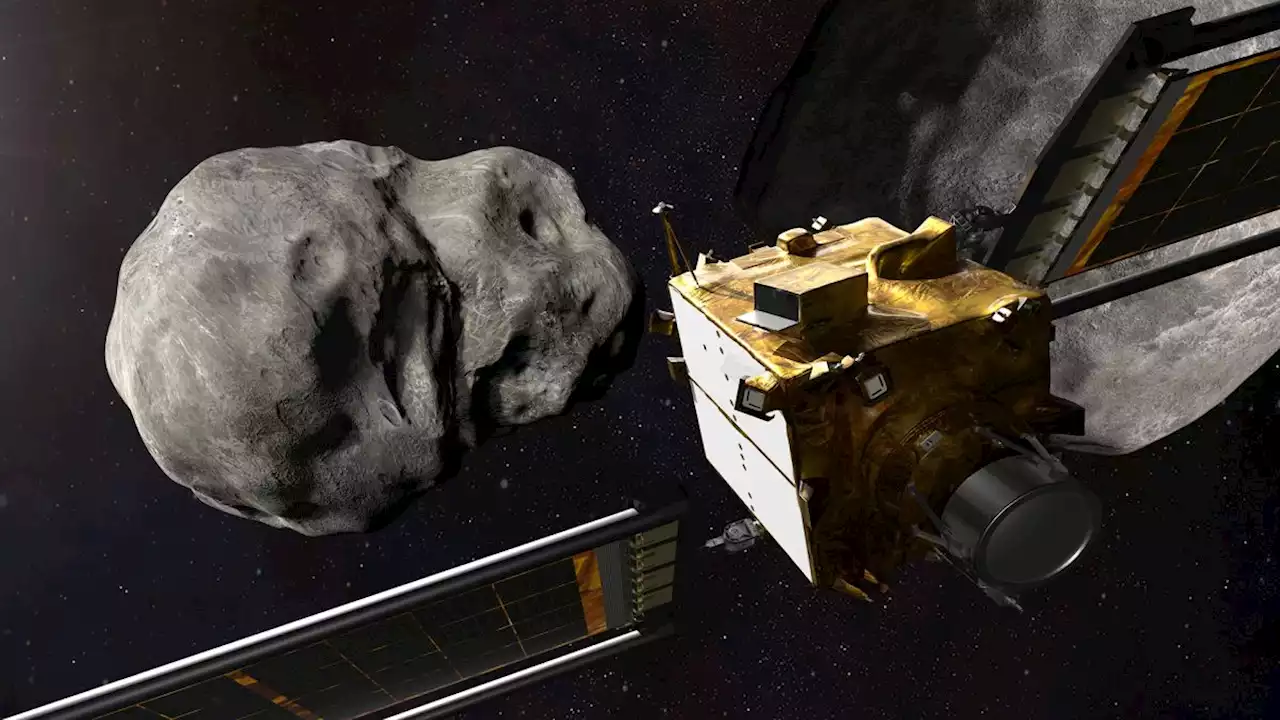 NASA will smash its DART spacecraft into an asteroid on Monday. Here's how to watch.The test will provide vital information on how to stop catastrophic asteroid impacts.
NASA will smash its DART spacecraft into an asteroid on Monday. Here's how to watch.The test will provide vital information on how to stop catastrophic asteroid impacts.
Read more »
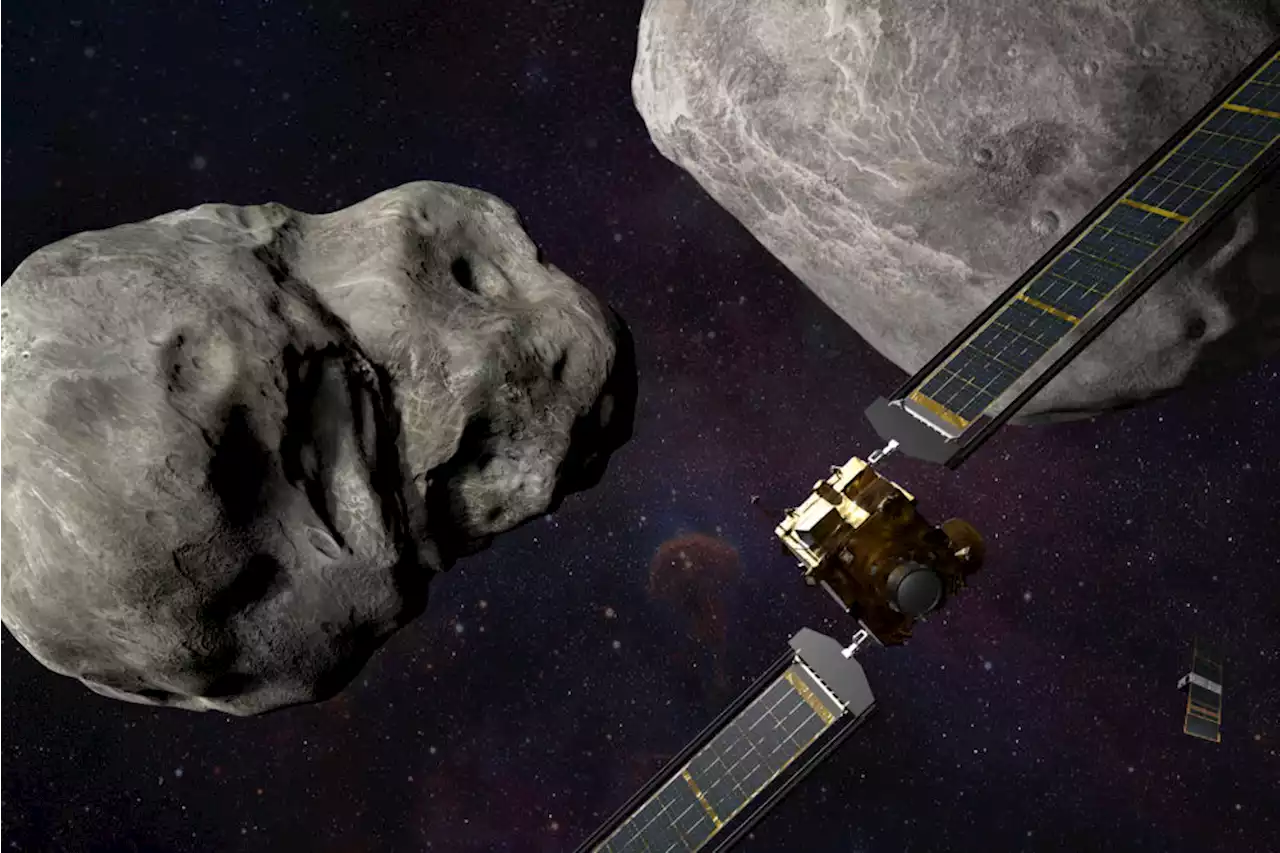 Why a NASA spacecraft will crash into an asteroidA NASA spacecraft named Dart will zero in on the asteroid Monday, intent on slamming it head-on at 14,000 mph. It's the first save-the-world experiment of its kind to demonstrate that if a killer asteroid ever heads our way, we'll stand a fighting chance.
Why a NASA spacecraft will crash into an asteroidA NASA spacecraft named Dart will zero in on the asteroid Monday, intent on slamming it head-on at 14,000 mph. It's the first save-the-world experiment of its kind to demonstrate that if a killer asteroid ever heads our way, we'll stand a fighting chance.
Read more »
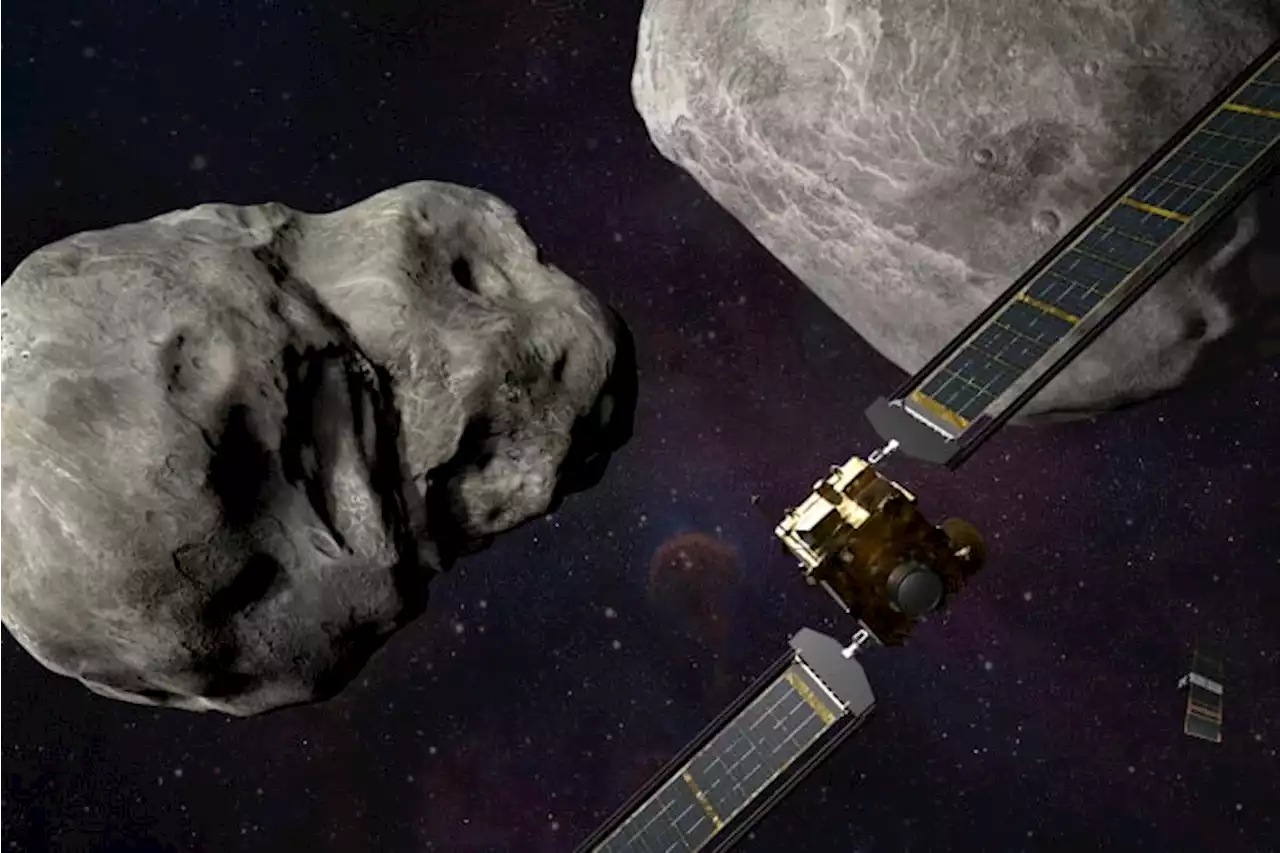 EXPLAINER: Why a NASA spacecraft will crash into an asteroidA NASA spacecraft is about to clobber a small, harmless asteroid millions of miles away.
EXPLAINER: Why a NASA spacecraft will crash into an asteroidA NASA spacecraft is about to clobber a small, harmless asteroid millions of miles away.
Read more »
